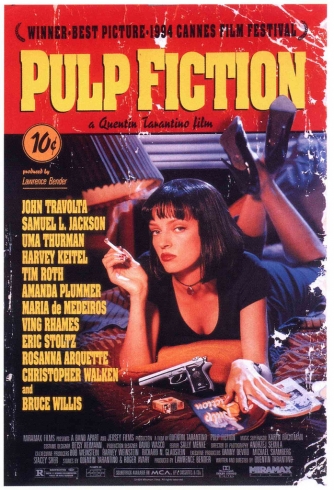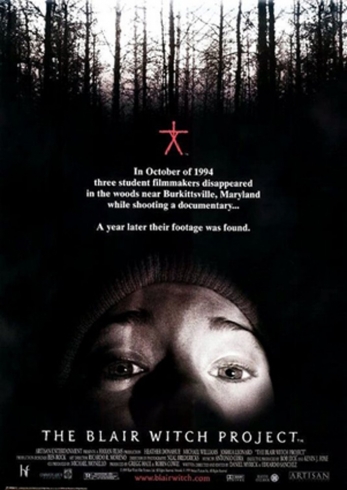So, where do we go from here?
What both of these issues ultimately result in is a little something creative malaise, which invariably leads, sooner or later, to consumer atrophy and apathy both. A breath of fresh air is required to shake things up, get the juices flowing again, and to reignite the passions of all parties on all sides.
In nearly every major artistic medium – at least, the ones that have been deemed relevant by popular culture – there is an independent movement of some form or another, one that cyclically rises up, smashes the status quo, and irrevocably changes the playing field for all others, corporate or indie, who follow. This is precisely what theme parks need right now.
Perhaps the most appropriate analogy would be to Hollywood (one made before in this column). After a particularly creatively fertile decade in the ‘70s, the summer blockbuster – created by maverick directors Steven Spielberg (by way of Jaws) and George Lucas (the first Star Wars) – became the predominant product, strangling and over-commercializing the ‘80s. In the early ‘90s, with the rise of film festivals and the explosive birth of the worldwide web, independent filmmakers were given the sudden and unexpected opportunity to make a splash in the big pool, irrevocably changing the name of the game.
With titles like Pulp Fiction, Fargo, and sex, lies, and videotape, a whole new generation of directors and writers smashed down the establishment’s doors and cleaned house – the effects of which are still felt to this day, despite each of those filmmakers’ assimilation into the mainstream Hollywood machine.
Think it’s far-fetched to believe an indie movement could exist, let alone thrive, within the world of multi-million dollar themed attractions? Think again. The haunted house industry routinely relies upon the almost-exponentially-growing home haunt field, which sees a swath of amateurs set up haunted mazes literally in their backyards (and oftentimes with no intention of recouping their [sometimes formidable] expenses), to recruit new designers, technicians, and storytellers. In fact, some attribute the current trend of extreme haunts to the influences from this experimental sector of the business.
Though it is admittedly (and considerably) more difficult to erect a miniature version of Harry Potter and the Forbidden Journey in one’s front yard than it is to set up a small haunted walk-through experience, the precedent and the possibility is there for those individuals who are similarly motivated (and for those possible guests who would have to employ liberal amounts of the suspension of disbelief).
All that’s needed, like with both filmmaking and haunted houses before it, is a further democratization of the requisite design tools.
The cautionary tale
Beyond providing a type of minor leagues to Hollywood’s pro ball, where up-and-comers could get the experience (and accumulate the hype) needed to join the professionals, there is yet another service that the indie movement of the ‘90s offers the beleaguered theme park industry: as a cautionary tale.
To answer the challenge issued by the independent studios that were suddenly creatively dominate, the traditional Hollywood apparatus responded in literally the only way it – and other big businesses – knew how: by gobbling all the little players up. By the time the decade was over, nearly every last indie was suddenly the subsidiary of one of the larger, traditional shops (even Miramax, arguably the progenitor of the movement, found itself the property of – ironically enough – the Disney Company). And those major studios who couldn’t buy any of the smaller guys up just started their own in-house “independent” production companies, such as Sony Pictures Classics or Fox Searchlight Pictures; if small titles like The Blair Witch Project were going to be raking in the cash, Hollywood was going to make sure that it would land squarely in its coffers.
Should the themed industry be successful in establishing and cultivating a fresh wave of talent in a new, smaller-budgeted segment that would place a premium on experimentation and new types of immersion, it will also be imperative to not allow Disney and Universal to interfere with what will surely be a disruption to their long-standing (and stale) business model.
Despite the sublimity of the metaphor, what is needed to ensure the brightest and most expansive future for theme parks is not Miramax, after all, but Google.
Previous Contrarian entries:
3 Reasons Why Universal’s Strategy for Beating Disney May Be the Wrong One
2 Big Reasons Why Theme Parks May Live to Regret Copying Hollywood
2 Unavoidable Reasons Why Amusement Parks Will Become Extinct
3 BIG Reasons Why Marvel's Super Heroes Haven't Saved Disney's Theme Parks (Yet)


Add new comment